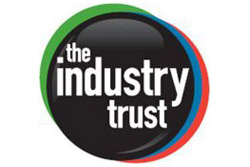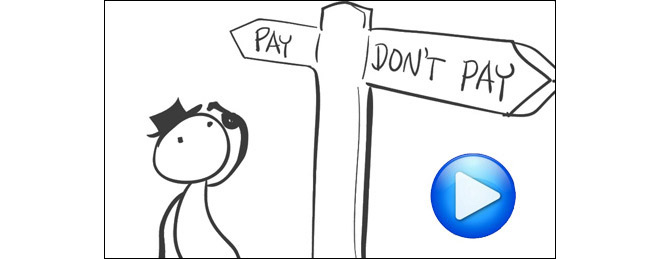Europe's online source of news, data & analysis for professionals involved in packaged media and new delivery technologies

Industry Trust's education campaign 'inspires illegal downloaders to play fair'
The Industry Trust for IP Awareness' Moments Worth Paying For campaign is inspiring film fans to play fair, according to new research unveiled by Nicola Pearcey, Managing Director, Home Entertainment and New Media for Lionsgate UK, at the Trust's Annual General Meeting in London last week.
An independent tracking study by ICM reveals that exposure to Moments Worth Paying For (watch video) makes illegal downloaders more than twice as likely to pay for official film, TV and video. Launched in 2011, the Trust's up-lifting education campaign celebrates the entertainment value of film, TV and video and directs the public to Findanyfilm.com, a gateway to official content across all formats.
The impact of Moments Worth Paying For was revealed just one day after Ofcom launched its Online Copyright Research, (read article) reporting that one in six internet users accessed illegal entertainment content within a three-month period. Pointing to Ofcom's findings and the Industry Trust's success in her speech at the AGM, Pearcey highlighted the vital role of consumer education in tackling copyright infringement.
"The Trust has always been clear in its aims," reminded Liz Bales, Director-General of the Industry Trust for IP Awareness, speaking at the event. "Through education we have an objective of guiding consumers on a path to purchase and away from the detrimental impact of copyright infringement."
10 million UK adults infringe audio-visual copyright - over 40% of young men aged 16-34, around 25% of 13, over 50% of 17s. Infringement is initiated by peer group (75%). It is driven by convenience, availability and price - in varying degrees depending on their life stage - youth, young, parents. But few are lost to the industry - they over index on cinema, DVD, Blu-ray and importantly digital. This means they love our content and are 'open to persuasion' that they should pay for it.
With this knowledge in mind the Trust has done two things differently in 2012 to persuade these constituencies. The first is to have embedded messaging within the content it serves to protect. Second, it has extended its audience-led approach to co-create campaigns with the audience it seeks to engage.
As regards the first approach, "activities have consistently kicked off with an impactful cinema trailer. We have again benefited from extensive in-cinema support 24 weeks, 56 million admissions over £3.5 million in value," says Bales. "Outdoor activity has benefited from access to talent and film assets and the reach has surpassed our expectations. In 2012, 500 million impacts across 13,000 screens delivered over £6 million in value."
The campaigns then filter into online digital environments, an approach that has been judged "highly successful." The Trust's trailers will have been watched online alone more than 2.5 million times in 2012, while digital competitions, online mechanics and supporting PR have driven tens of thousands of competition entries, hundreds of press pick-ups and over 150 million OTS.
The second approach is built on research insights that show that for many, infringement starts with the influence of their peers. "For young audiences our content is desirable, which is great. Yet, these audiences feel removed from the industry and distant from the repercussions of copyright infringement - both personal repercussions for their illegal activity and longer term repercussions for the industry," Bales continues.
So, the Trust issued a creative brief to college students across the UK as part of the Youth Creative Network Annual Awards. The responses included some stand-out concepts. One of which created by two young design students entitled All for the Price of a Ticket has now be converted into an education imitative. It uses the recognised payment symbol of a till receipt to bring to life all of the unseen social and entertainment value behind the purchase price of the product. (read article).
In 2012, the Trust took evaluation a step further by partnering with the MPAA on an innovative behavioural modelling project. Taking as a benchmark today's behaviour and considering what external factors might affect it in the future, the project seeks to assess what happens to the volume of copyright infringement (a) if nothing is done, (b) if what is already being done continues, and (c) what additional/amended leavers will deliver the most impact.
"The evaluation suggests that the various communications are currently restraining the spread of copyright infringement by around 4-5 percentage points per year, crystallising their value, but also reinforcing the wider approach to driving down infringement in particular enforcement and the vital role that legal interventions, when available, will play," Bales concluded.

Story filed 26.11.12




















